Nineteenth-century gravestones, like those in the Union Campground Cemetery, use a great deal of symbolic imagery to convey meaning about the deceased and the sentiments of their families and friends.
A prevalent 19th-century symbol exists in the pair of clasped hands on Jane C. Caldwell’s gravestone. This symbol is interpreted by many sources as a goodbye, where the living clasps the hand of the deceased in a final farewell; other sources suggest, however, that this could also represent a welcoming of the deceased into heaven or a symbol of marriage. Around the clasped hands are four images of flowers, which can have many meanings; these flowers may specifically be passionflowers, and if so, they represent the passion of Christ.
Alta M. McMurry, who died at the age of 1, also has a hand symbol on her gravestone, but this is a hand reaching down from the clouds, holding a cut flower. This symbol likely represents God reaching down to take this young child to heaven.
The gravestone of William J. Jeffries and Elmira E. A. Jeffries, meanwhile, has a very different type of symbol on the headstone – the symbol of the Freemasons, of which William was apparently a member. The Masonic symbol is easy to identify, with its compass, architect’s square, and the G in the center. This symbol may also serve as a religious symbol in this context, as the G is a reference to geometry and to God, the Divine Architect.
Before conservation:
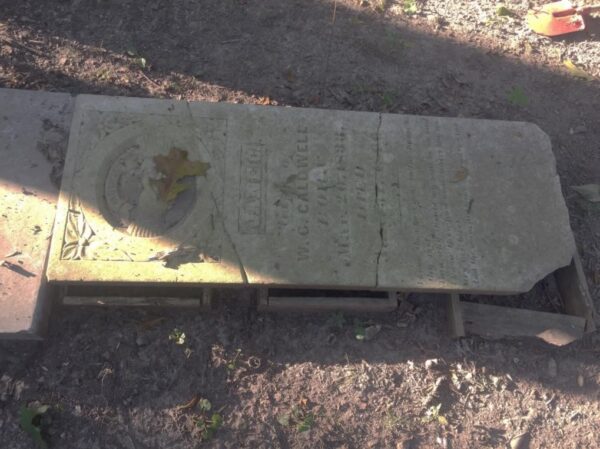
After conservation:
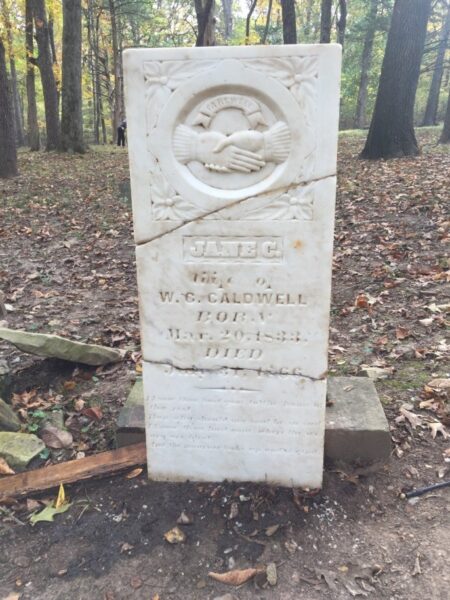
American Midwest Ozarks culture
19th century
Marble, L. 47 cm x W. 5.1 cm x H. 1.25 m
Union Campground Cemetery #26
Before conservation:

After conservation:
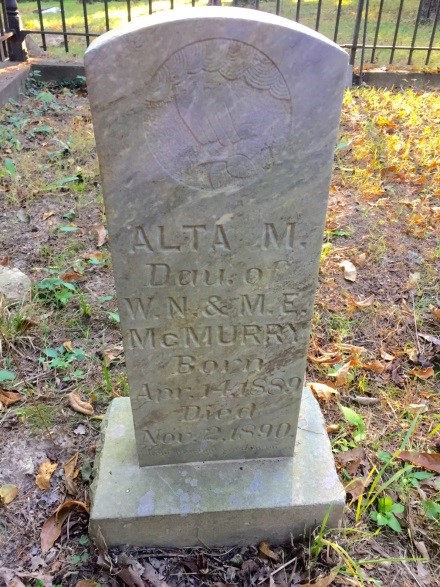
American Midwest Ozarks culture
19th century
Limestone, L. 39.2 cm x W. 25 cm x H. 82 cm
Union Campground Cemetery #31
Before conservation:
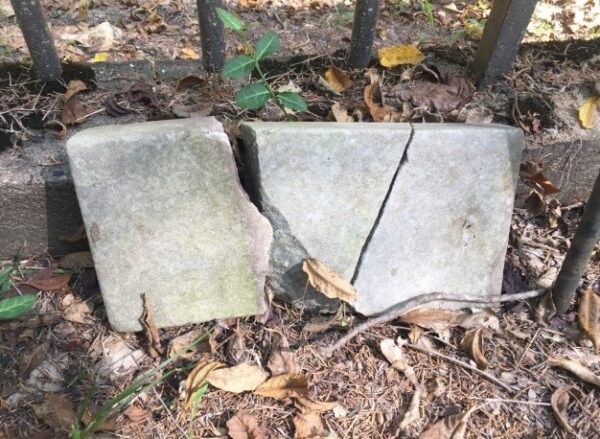
After conservation:
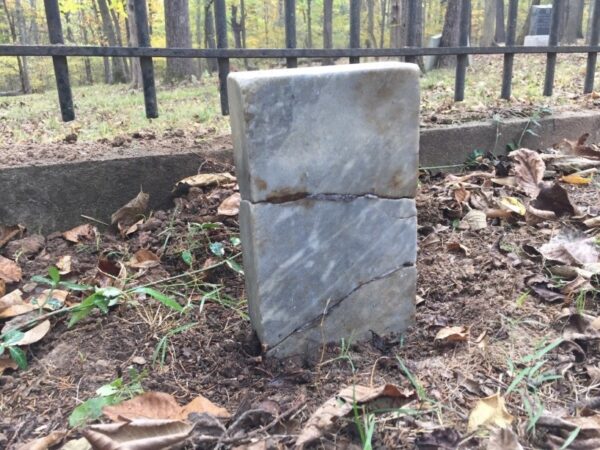
American Midwest Ozarks culture
19th century
Limestone, L. 31.8 cm x W. 5 cm x H. 15.5 cm
Union Campground Cemetery #31
Before conservation:
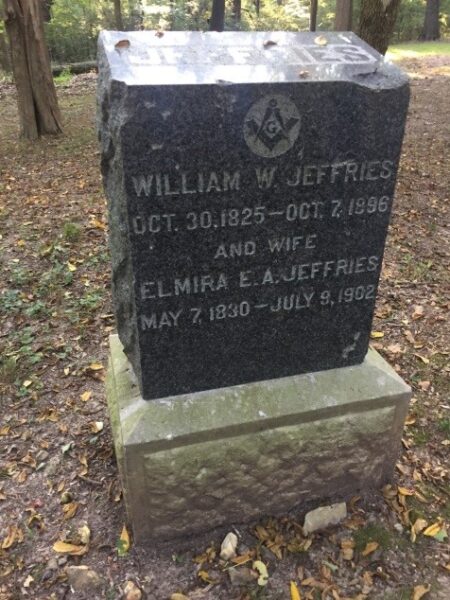
After conservation:
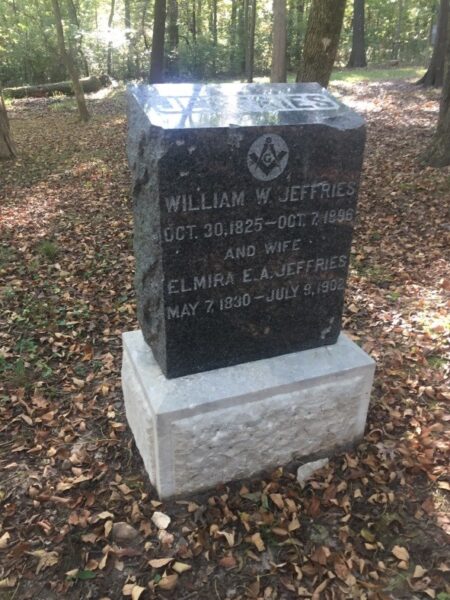
American Midwest Ozarks culture
19th century
Granite, L. 81.3 cm x W. 48.3 cm x H. 1.17 m
Union Campground Cemetery #37
For more information, you may contact the researcher(s) noted in the title of this exhibit entry, or Dr. Billie Follensbee, the professor of the course, at BillieFollensbee@MissouriState.edu

